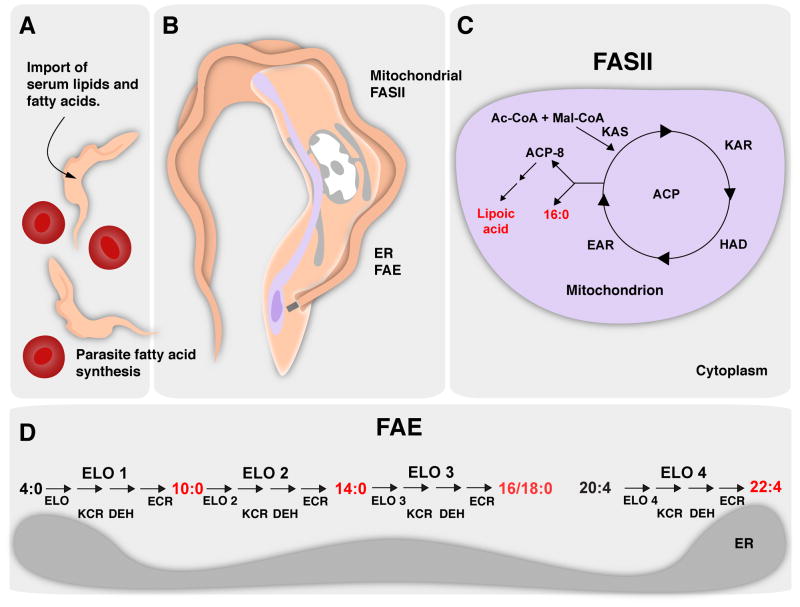Figure 3. Kinetoplastid fatty acid synthesis occurs in the mitochondrion and the ER.
Kinetoplastids obtain fatty acids using synthesis and import mechanisms. A, Kinetoplastid parasites replicate extracellularly in the bloodstream of the mammalian host, red blood cells are also shown (red). B, Additionally, the parasite harbors two mechanisms of fatty acid synthesis that are localized in two different organelles (redrawn in part after [323]). C, A FASII pathway localizes to the mitochondrion (light violet), where it is required for the synthesis of lipoic acid and palmitic acid. D, Kinetoplastid parasites also harbor an ER-localized fatty acid elongase system. Unlike all other organisms, kinetoplastid FAE is used for de novo synthesis of fatty acids. The kinetoplastid FAE uses butyrate and malonate as substrates to generate myristate/stearate and adrenate as products. Major products are highlighted in red. Mal, malonate; Ac, acetate. Other abbreviations are as in the legend of Fig. 2.

